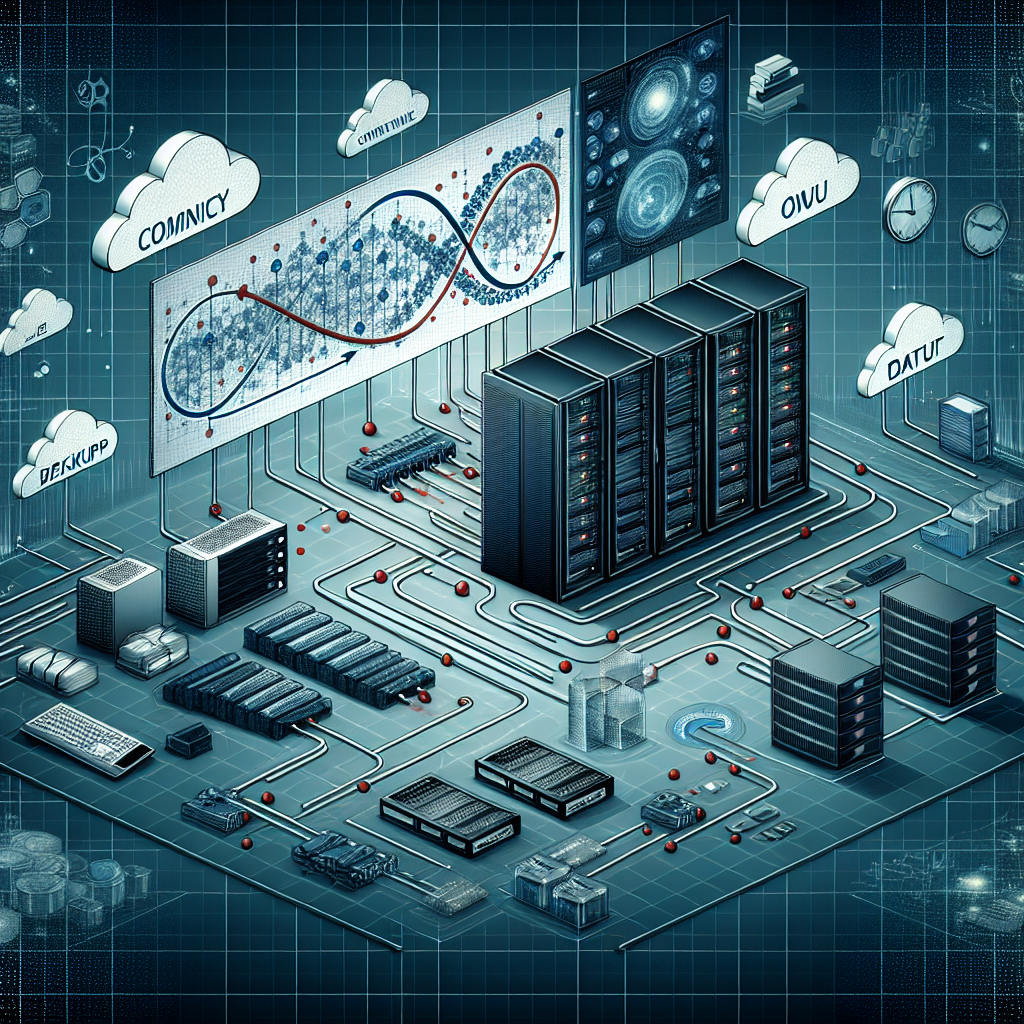In today’s digital age, data centers are crucial for storing and managing vast amounts of information for businesses of all sizes. With this growing reliance on data centers, it is imperative for companies to develop a comprehensive business continuity plan to ensure the uninterrupted operation of their data center in the event of a disaster or unforeseen event.
Here are some top considerations for developing a data center business continuity plan:
1. Identify Critical Systems and Data: The first step in developing a business continuity plan for a data center is to identify the critical systems and data that are essential for the operation of the business. This includes identifying the most important applications, databases, and systems that need to be up and running at all times.
2. Conduct a Risk Assessment: Once the critical systems and data have been identified, a risk assessment should be conducted to identify potential threats and vulnerabilities that could impact the data center. This could include natural disasters, cyber-attacks, power outages, and equipment failures.
3. Define Recovery Time Objectives (RTO) and Recovery Point Objectives (RPO): RTO and RPO are key metrics that define how quickly systems and data need to be recovered in the event of a disaster. RTO refers to the maximum amount of time that a system can be down before it negatively impacts the business, while RPO refers to the maximum amount of data that can be lost without causing significant harm to the business.
4. Develop a Disaster Recovery Plan: Based on the risk assessment and RTO/RPO requirements, a disaster recovery plan should be developed to outline the steps that need to be taken to recover systems and data in the event of a disaster. This plan should include detailed procedures for data backup, recovery, and restoration.
5. Test the Plan Regularly: Once the business continuity plan has been developed, it is important to regularly test the plan to ensure that it is effective and can be implemented in a timely manner in the event of a disaster. This could involve conducting simulated disaster scenarios or tabletop exercises to identify any weaknesses in the plan.
6. Implement Redundant Systems and Infrastructure: To minimize the risk of downtime and data loss, it is important to implement redundant systems and infrastructure in the data center. This could include redundant power supplies, network connections, and storage systems to ensure that critical systems and data can be accessed even in the event of a failure.
7. Train Staff: Finally, it is essential to train staff on the business continuity plan and their roles and responsibilities in the event of a disaster. This could include conducting regular training sessions and drills to ensure that staff are prepared to respond effectively in a crisis.
In conclusion, developing a data center business continuity plan is essential for ensuring the uninterrupted operation of a data center in the event of a disaster. By following these top considerations, businesses can minimize the risk of downtime and data loss and ensure that critical systems and data can be accessed and recovered quickly and efficiently.


Leave a Reply